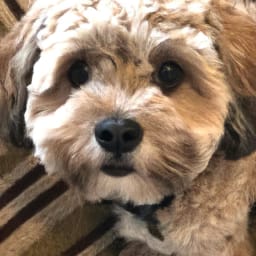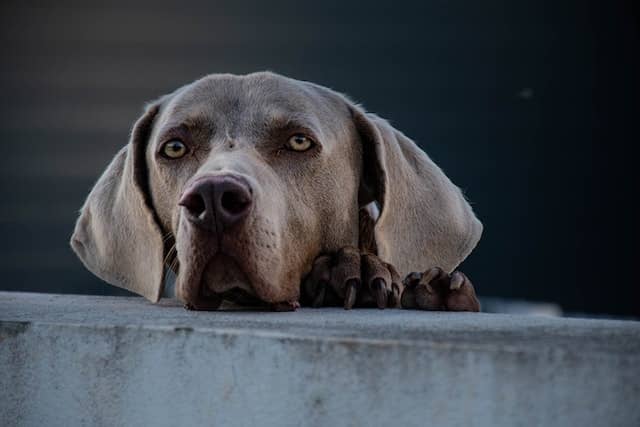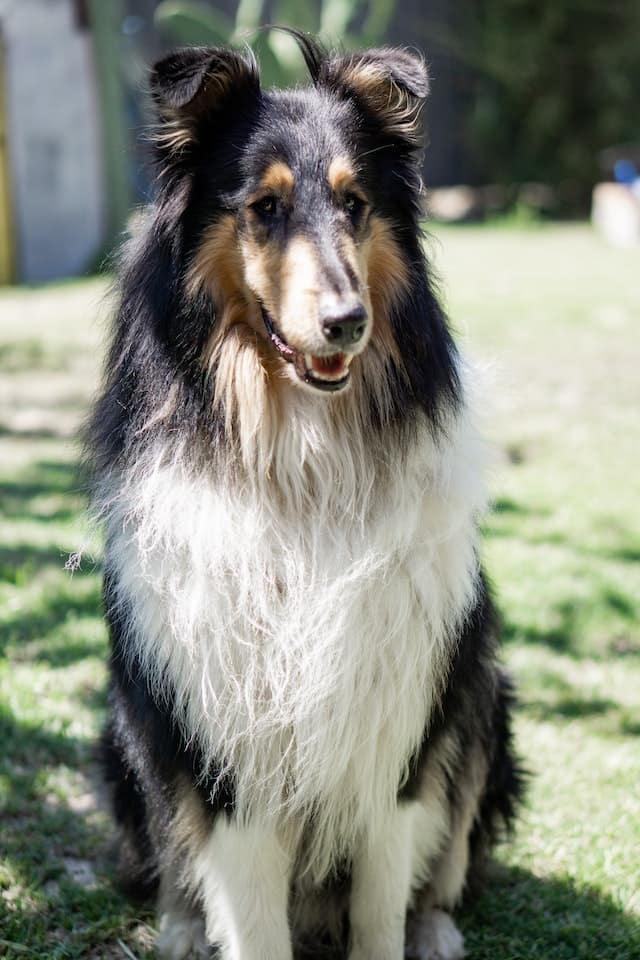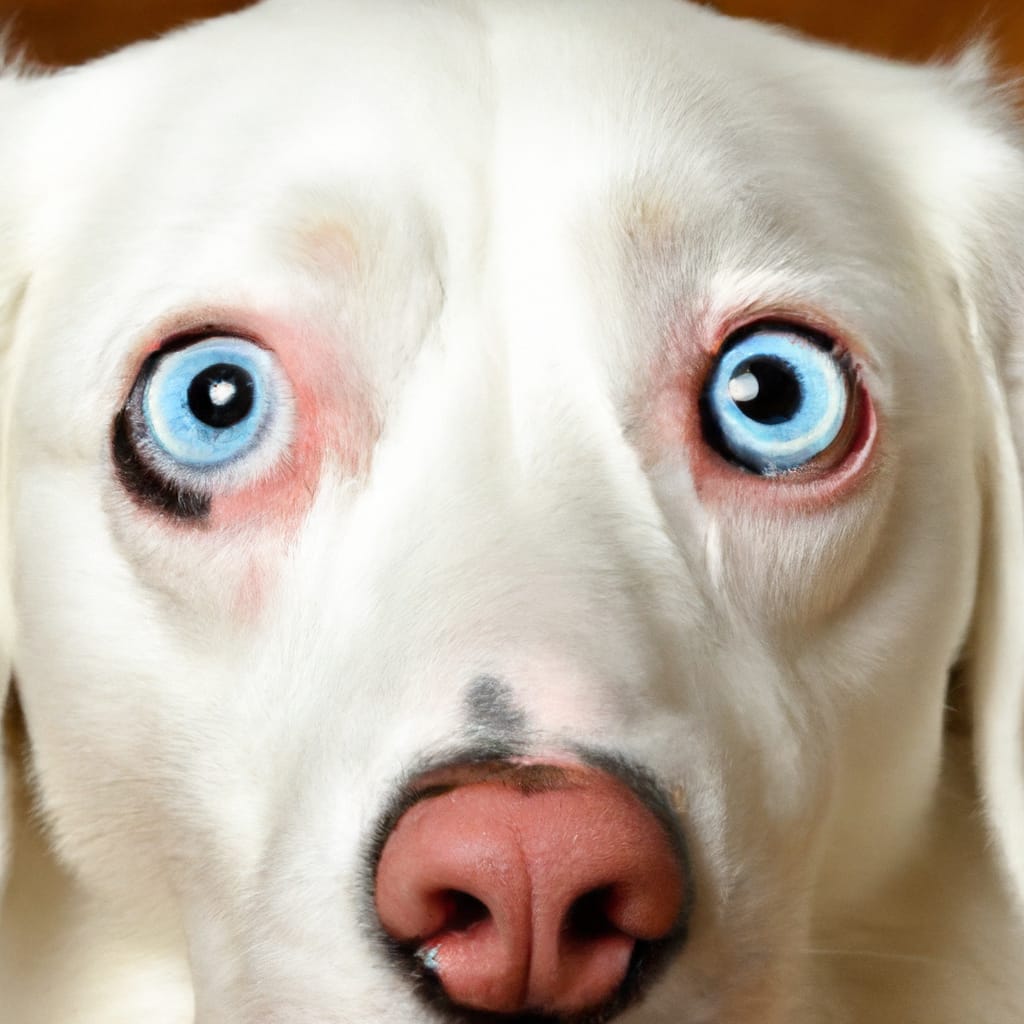Shih Tzu Shedding: Why Do Shih Tzus Shed?
Do Shih Tzus Shed? If you’re a proud owner of a Shih Tzu or considering getting one, you might be curious about their shedding habits. Shih Tzus are known for their luxurious coat, but do they shed? The answer is yes, but with some caveats. In this article, we’ll explore the reasons behind Shih Tzu shedding, including their unique hair type, seasonal variations, and possible health issues. By understanding the shedding patterns of Shih Tzus, you’ll be better equipped to care for their beautiful coat and maintain a happy and healthy furry friend.
Shih Tzu Coat Characteristics
Double-coated Breed
Shih Tzus are unique in their coat characteristics as they are a double-coated breed. This means that they have two layers of fur: the outer coat, known as guard hairs or primary hairs, and the undercoat, which is soft and fluffy. This double-coat provides insulation and protection for the Shih Tzu, helping them regulate their body temperature in different weather conditions.
Hair vs Fur
It is important to understand the difference between hair and fur when discussing Shih Tzu shedding. Hair is longer and grows continuously, while fur is shorter and grows in cycles. Shih Tzus have hair rather than fur, which means that their coat continuously grows instead of shedding in large amounts like fur.
Hair Growth Cycle
The hair growth cycle of Shih Tzus is an important factor to consider. Similar to humans, the hair on a Shih Tzu’s coat goes through different phases. These phases include anagen, the active growth phase; catagen, a transitional phase; and telogen, the resting phase. During the telogen phase, the hair follicles shed old hairs to make room for new growth.
Factors Influencing Shih Tzu Shedding
Genetics
Genetics play a significant role in determining the amount of shedding a Shih Tzu will experience. If both parents of a Shih Tzu have a heavy shedding history, there is a higher chance that the offspring will shed more. However, it is important to note that not all Shih Tzus with shedding parents will necessarily shed heavily, as other factors can also influence shedding.
Seasonal Shedding
Seasonal shedding is another factor that affects Shih Tzus. Like many other double-coated breeds, Shih Tzus tend to shed more during the spring and fall seasons. This shedding is a natural way for their bodies to adjust to changing temperatures. During these seasons, Shih Tzus may experience a heavier shedding phase, which typically lasts for a few weeks.
Health Issues
Certain health issues can also contribute to excessive shedding in Shih Tzus. Skin conditions, allergies, hormonal imbalances, and nutritional deficiencies can all affect the health of a Shih Tzu’s coat and lead to increased shedding. It is crucial for owners to monitor their Shih Tzus’ overall health and seek veterinary advice if excessive shedding is observed.
Stress and Anxiety
Stress and anxiety can impact a Shih Tzu’s shedding pattern as well. Just like humans, dogs can experience stress due to various factors such as changes in routine, new environments, or separation anxiety. This stress can lead to increased shedding as the body reacts to the emotional or physical stressors. Providing a calm and stable environment for your Shih Tzu can help reduce shedding caused by stress.
Managing Shih Tzu Shedding
Regular Brushing
Regular brushing is essential to reduce shedding in Shih Tzus. Brushing helps remove loose and dead hair from the coat, preventing it from ending up on your furniture or clothes. Additionally, brushing stimulates the natural oils in your Shih Tzu’s skin, promoting a healthy coat. It is recommended to brush your Shih Tzu at least a few times a week, if not daily, depending on their shedding rate.
Bathing and Grooming
Proper bathing and grooming practices are crucial for managing Shih Tzu shedding. Regular bathing helps keep the skin clean and free from debris, which can minimize shedding. Grooming includes trimming the hair, especially around the eyes and ears, to prevent matting and tangling. Additionally, professional grooming sessions can help maintain the coat’s health and reduce shedding.
Proper Nutrition
Providing your Shih Tzu with a balanced and nutritious diet is important for their overall health and coat condition. A diet that includes high-quality protein, omega-3 fatty acids, and essential vitamins and minerals can help promote a healthy coat and reduce excessive shedding. Consult with your veterinarian to ensure your Shih Tzu’s diet meets their specific nutritional needs.
Supplements for Healthy Coat
In some cases, adding supplements to your Shih Tzu’s diet can help improve coat health and reduce shedding. Omega-3 fatty acids, such as fish oil, are known to promote a shiny and healthy coat. Consult with your veterinarian before adding any supplements to your Shih Tzu’s diet to ensure they are safe and appropriate for your pet.
Controlling Allergens
Controlling allergens in your home can also help reduce shedding in Shih Tzus. Dust, pollen, and other airborne particles can irritate a Shih Tzu’s skin, leading to increased shedding. Regular vacuuming, washing bedding frequently, and using air purifiers can help minimize allergens and create a healthier environment for your Shih Tzu.
Stress Reduction Techniques
As stress can contribute to shedding, it is important to implement stress reduction techniques for your Shih Tzu. Providing a safe and comfortable space, regular exercise, mental stimulation, and positive reinforcement training can help reduce stress and anxiety. Additionally, consulting with a professional dog trainer or behaviorist can provide further guidance on managing stress in your Shih Tzu.
Shih Tzu Shedding vs Other Breeds
Comparison with Non-shedding Breeds
Shih Tzus are not considered a non-shedding breed, unlike certain breeds such as the Poodle or Bichon Frise. While they do not shed in the same manner as fur breeds, Shih Tzus still experience shedding to some degree due to their continuous hair growth cycle. The amount of shedding can vary between individual Shih Tzus, and factors such as genetics and proper grooming practices can influence shedding levels.
Comparison with Other Small Shedding Breeds
When compared to other small shedding breeds, such as the Yorkshire Terrier or Maltese, Shih Tzus generally shed a moderate amount. While they may have similar coat types, their shedding patterns and frequency can vary. Regular grooming and preventive measures can help manage shedding in all small shedding breeds, including Shih Tzus.

Shih Tzu Shedding Prevention and Reduction
Spaying or Neutering
Spaying or neutering your Shih Tzu can have an impact on their shedding. In some cases, these procedures can lead to a slight decrease in shedding due to hormonal changes. However, the reduction in shedding may not be significant for all Shih Tzus, as individual factors and genetics play significant roles.
Professional Grooming
Professional grooming can be an effective way to prevent and reduce shedding in Shih Tzus. Groomers are trained to properly care for the coat, including regular brushing, bathing, and trimming. Additionally, professional groomers can identify any potential skin or coat issues and provide appropriate treatment.
Regular Veterinary Check-ups
Regular veterinary check-ups are essential in preventing and managing shedding in Shih Tzus. Your veterinarian can assess your Shih Tzu’s overall health, identify any underlying medical conditions that may contribute to shedding, and provide appropriate treatment or recommendations. Regular vaccinations, parasite prevention, and dental care are also important aspects of maintaining your Shih Tzu’s overall well-being, which can indirectly affect shedding.
Common Shih Tzu Shedding Myths
Shih Tzu Being Hypoallergenic
Contrary to popular belief, Shih Tzus are not considered to be a hypoallergenic breed. While they may produce fewer allergenic particles compared to some other breeds, Shih Tzus can still trigger allergies in sensitive individuals. Shedding, dander, and saliva can all contribute to allergic reactions. If you or someone in your household has allergies, spending time with a Shih Tzu beforehand or consulting with an allergist is recommended.
Shih Tzu Being a Non-shedding Breed
Another common myth is that Shih Tzus are non-shedding breeds. As previously mentioned, Shih Tzus do shed, although their shedding is typically less noticeable compared to fur breeds. It is important for potential owners to understand and accept that Shih Tzus require regular grooming and maintenance to manage shedding.
Grooming Tips for Shih Tzu Owners
Choosing the Right Brush
When it comes to grooming your Shih Tzu, choosing the right brush is crucial. A brush with soft bristles or a combination of bristle and metal pins would be suitable for a Shih Tzu’s double-coat. Slicker brushes can help remove tangles and mats, while a wide-toothed comb is useful for delicately untangling the hair. Avoid brushes with sharp or rough bristles that can cause discomfort or damage to the coat.
Brushing Techniques
Proper brushing techniques can make a significant difference in managing shedding and maintaining a healthy coat. Start by gently brushing the outer coat to remove any loose hair or debris. Then, focus on brushing the undercoat to prevent matting. Take your time and be patient, as Shih Tzus can be sensitive to brushing. Regular brushing sessions will help you and your Shih Tzu establish a routine and make the experience more comfortable for both of you.
Bathing Frequency
The frequency of bathing will depend on your Shih Tzu’s individual needs, but generally, a bath every three to four weeks is sufficient. Over-bathing can strip the coat of its natural oils, leading to dryness and potential skin issues. Use a mild shampoo specifically formulated for dogs and rinse thoroughly to avoid any residue. If your Shih Tzu gets dirty between baths, you can use dry shampoo or wipes for a quick freshening up.
Trimming the Shih Tzu Coat
Trimming the Shih Tzu coat is essential for maintaining its health and preventing excessive shedding. Pay close attention to the hair around the eyes, ears, and paws, as these areas are prone to matting and tangling. Regularly trimming these areas will help prevent debris from accumulating and causing discomfort. If you are not confident in trimming your Shih Tzu’s coat, seek the help of a professional groomer who can safely and skillfully trim their hair.
Shih Tzu Shedding Warning Signs to Watch Out For
Excessive Shedding
While shedding is normal for Shih Tzus, excessive shedding can be a cause for concern. If you notice an unusually large amount of hair coming out or continuous shedding outside the normal seasonal patterns, it is advisable to consult with your veterinarian. Excessive shedding can be an indication of an underlying medical condition that requires professional attention.
Patchy or Uneven Hair Loss
Patchy or uneven hair loss is another warning sign to watch out for. If you notice areas where the hair is significantly thinner or bald patches, it may be a sign of an underlying skin condition, allergies, or parasites. It is crucial to have your Shih Tzu examined by a veterinarian to determine the cause and appropriate treatment.
Receding Hairline or Thinning Hair
A receding hairline or thinning hair can be indicative of a hormonal imbalance or genetic condition in your Shih Tzu. If you notice a noticeable change in the hairline or thinning hair in specific areas, it is essential to seek veterinary advice. Early detection and treatment can prevent further hair loss and potential complications.
Skin Irritation or Redness
Skin irritation or redness can be a sign of an underlying issue that may contribute to excessive shedding. If you observe your Shih Tzu scratching excessively, biting at their skin, or showing signs of discomfort, it is important to have them evaluated by a veterinarian. Skin inflammation or infection can lead to increased shedding and potential complications if left untreated.

Shih Tzu Allergies and Shedding
Common Allergens for Shih Tzus
Shih Tzus can be sensitive to various allergens, which can contribute to shedding. Common allergens for Shih Tzus include pollen, dust mites, mold, certain foods, and fleas. Identifying and managing these allergens can help minimize shedding caused by allergic reactions.
Managing Allergies to Reduce Shedding
To manage allergies and reduce shedding in Shih Tzus, it is important to identify the specific allergens that affect your pet. Working with your veterinarian, you can develop an allergy management plan, which may include:
- Regular cleaning and vacuuming to reduce dust and allergens in the environment.
- Keeping your Shih Tzu away from known allergens, such as certain plants or specific food ingredients.
- Using hypoallergenic bedding materials.
- Providing a balanced diet that avoids potential allergenic ingredients.
- Administering allergy medications or immunotherapy as recommended by your veterinarian.
By effectively managing allergies, you can help control shedding and ensure your Shih Tzu’s comfort and well-being.
Conclusion
Understanding the factors influencing Shih Tzu shedding and implementing proper grooming and preventive measures are key to managing shedding effectively. While Shih Tzus may not be completely non-shedding, their shedding can be minimized through regular brushing, grooming, and a balanced diet. Monitoring your Shih Tzu’s overall health, managing stress levels, and addressing any underlying medical conditions are essential in ensuring a healthy coat and minimizing shedding. By following these guidelines and seeking advice from veterinarians or professional groomers, Shih Tzu owners can provide the best care for their beloved pets and create a comfortable and clean environment for both the dog and their family.











